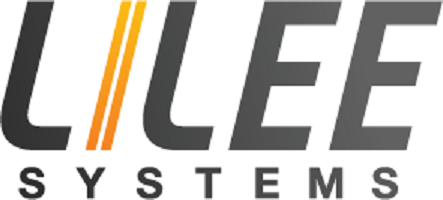
LILEE Systems
LILEE Systems provides real-time connectivity for onboard devices in trains, buses, other mobile assets and for smart cities. We enable a variety of applications such as PTC communications, passenger Wi-Fi, CAD/AVL, infotainment, video- and sensor-based safety applications, and telematics.